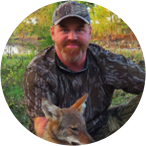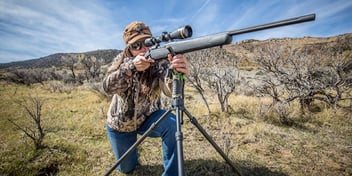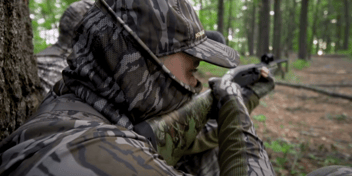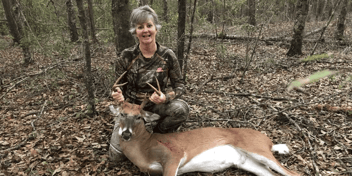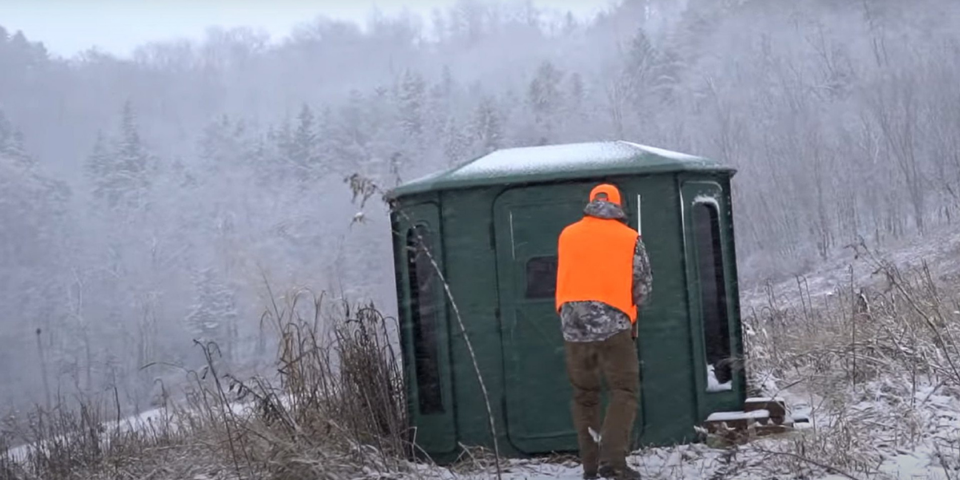
The late-season can be a feast or famine for many deer hunters across the country. Some hunters will experience ample opportunity, while others are left scratching their heads. What makes the difference? Why do some areas seem void of daylight activity in the late season? I checked in with Jeff Sturgis of Whitetail Habitat Solutions, and here’s what he had to say on the subject of how to find late-season bucks in the daylight.
Be the One
How do you as a hunter, be the one? You must be different than the rest of the hunters around you. “The key is to ensure you’re the one doing the right things, not doing the wrong things in the late season when it comes to pressure and property management,” says Sturgis. Don’t be fooled into thinking private property access means it will be easy. There’s a lot of work that must take place to tag your buck before the buzzer. Be the one that is going to great lengths to ensure low-impact hunting pressure on your property. Work harder than the next guy. Make your property more attractive than the neighbors. Be the one doing things better for the local deer herd.
Will you be the one to work harder, and smarter, to ensure you have deer in front of your stand in the late season?
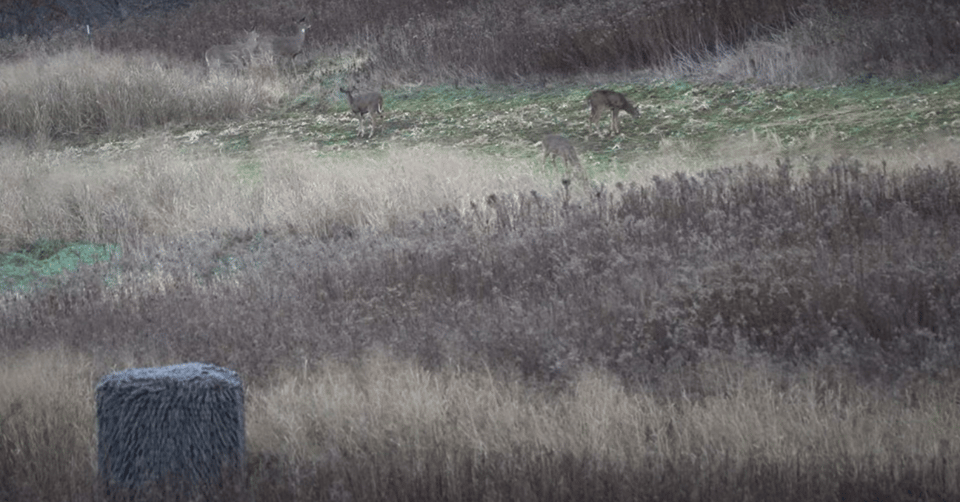
Quality of Winter Food and Cover
What kind of food should you look for in the late season?
“Greens are still good, every single day, during daylight,” says Sturgis. “But regardless of the food, the key is to not spook them at their preferred sources. Make sure your blind or stand setup allows you to get in and out without spooking deer. Spook them a couple of nights in a row and that food source will be done. Use food and cover to your advantage. Key in on areas with high stem count, regeneration, and desirable browse.”
Fall food and cover draw and hold your deer like nothing else. Food plots are a must on private land to help boost daylight activity. Cover and browse alone won’t cut it. You need high-quality food sources.
“Keep in mind, an average quality food source with low pressure on the deer herd is always better than a high-quality food source with extra hunter pressure,” says Sturgis. Quality food and cover are the keys to finding bucks in the late season.
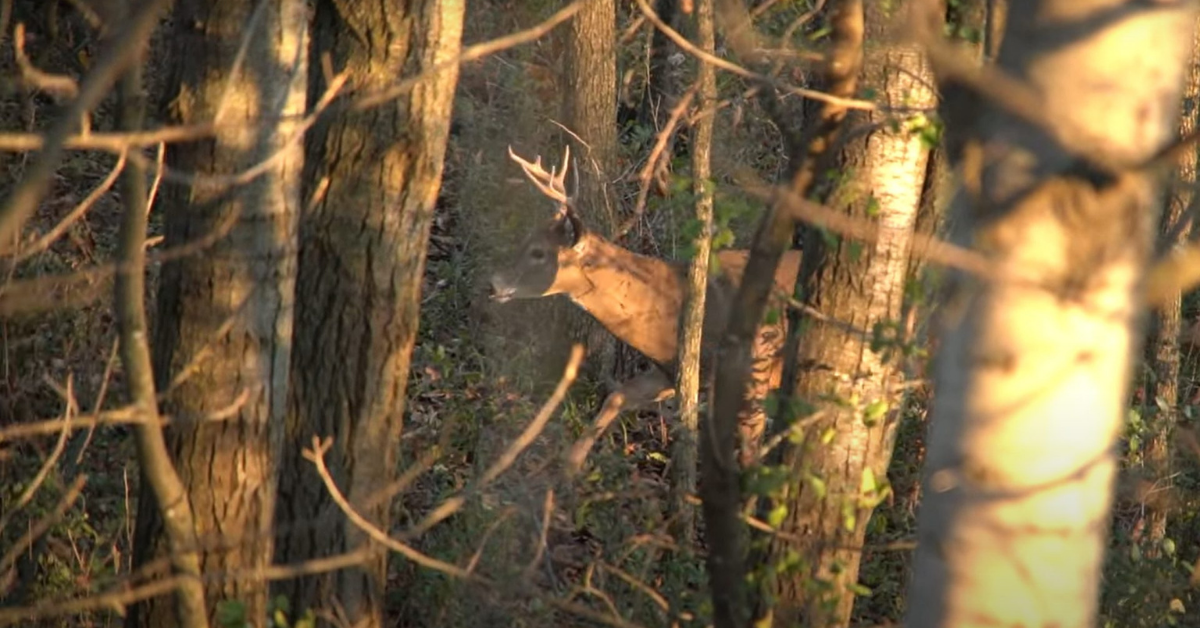
Defined Stand Locations
It’s important to up your game when it comes to stand selection in the late season. Key in on morning stands on the outside of bedding areas and make sure you’re accessing well away from the food sources. “You may not see deer for the first hour or two as you wait them out on their way back to their bedding areas,” says Sturgis. “Be patient, however, they will show up if you didn’t spook them out.”
Also, keep in mind how you hunt in the morning can impact the way your hunt plays out in the afternoon. “If you spook deer out of a food plot or stand sight in the morning, you can bet they probably won’t be back in there for the afternoon sit,” says Sturgis. Choose the wrong stand site here and you’ll blow it for the day. Morning stands are tough in the late season, unless it’s the second rut (early to mid-December). Afternoon stands should be made on or around food sources to catch deer on the way to the evening feed. Just be sure you’re not bumping bedding areas on the way in. Otherwise, your hunt will be over before it ever gets started.
The way you access your stand or blind is critical to ensuring continued patterns of daylight activity for the deer on your property.
Let the Deer Pour In
Quality late season food sources will often find lots of deer using them. Let them come. Don’t spook them. The big buck is likely coming last. If you spook the first ones to hit the field, you’ll blow it for your big buck. Too much stress on the does and early deer will push them off, not just for the afternoon, but possibly days, or even weeks. Let the deer pour and continue their afternoon for best results in keeping deer on your property in daylight hours.
Be careful not to spook the first deer to enter the field in the afternoons. Your buck won’t be far behind.
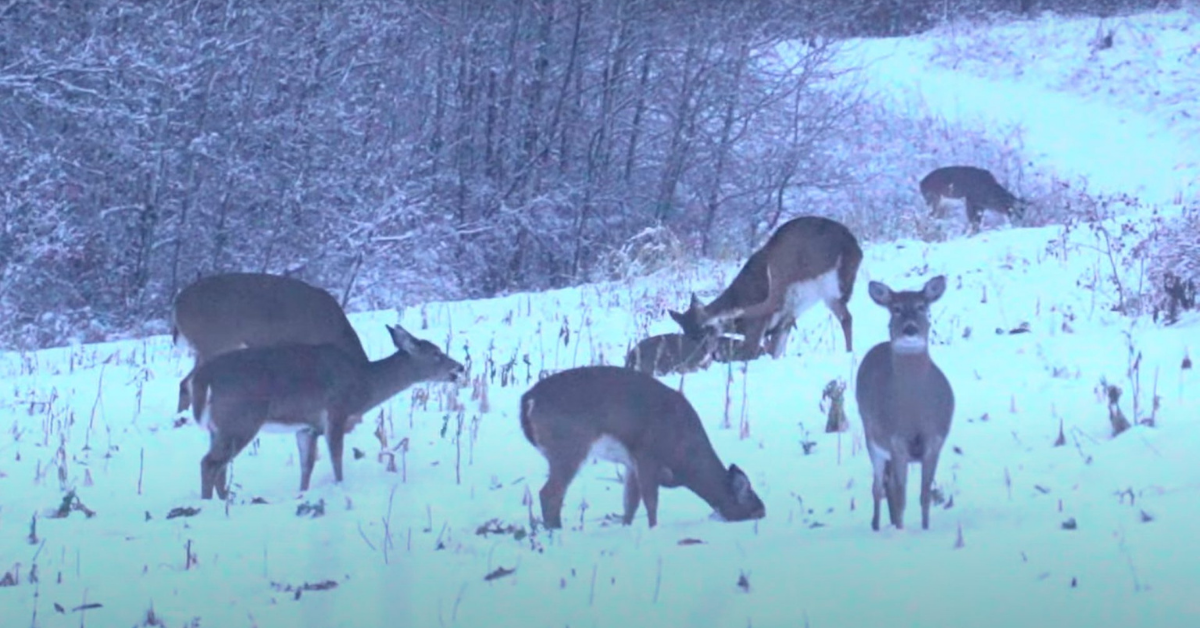
After Dark Retrieval
As hard as it may be, wait until after dark to retrieve your deer when success comes your way. Again, this puts let pressure on your deer. It gives them time to move on to other night-time terrain and get out of the fields. They’ll tolerate after-hours traffic from a vehicle or ATV much better than foot traffic.
This also goes for when shooting time is over and it’s time to leave your stand. You don’t want to blow deer out of the field by climbing down.
Call in a buddy or family member to drive in to your stand to bump deer from the field, allowing you to climb down without deer catching on to your scheme. Again, the vehicle traffic seems to be far less threatening than an encounter with a hunter on foot. This all leads to them staying on the pattern and continuing to show up day after day, in daylight hours.
Conclusion
The late season can be tough, no doubt. But it’s not the time to let your guard down and get sloppy. Commit to hunt just as smart in the late season as you did in the early season and you just might punch that last deer tag when a buck comes by your stand in the final days.
About the Author
